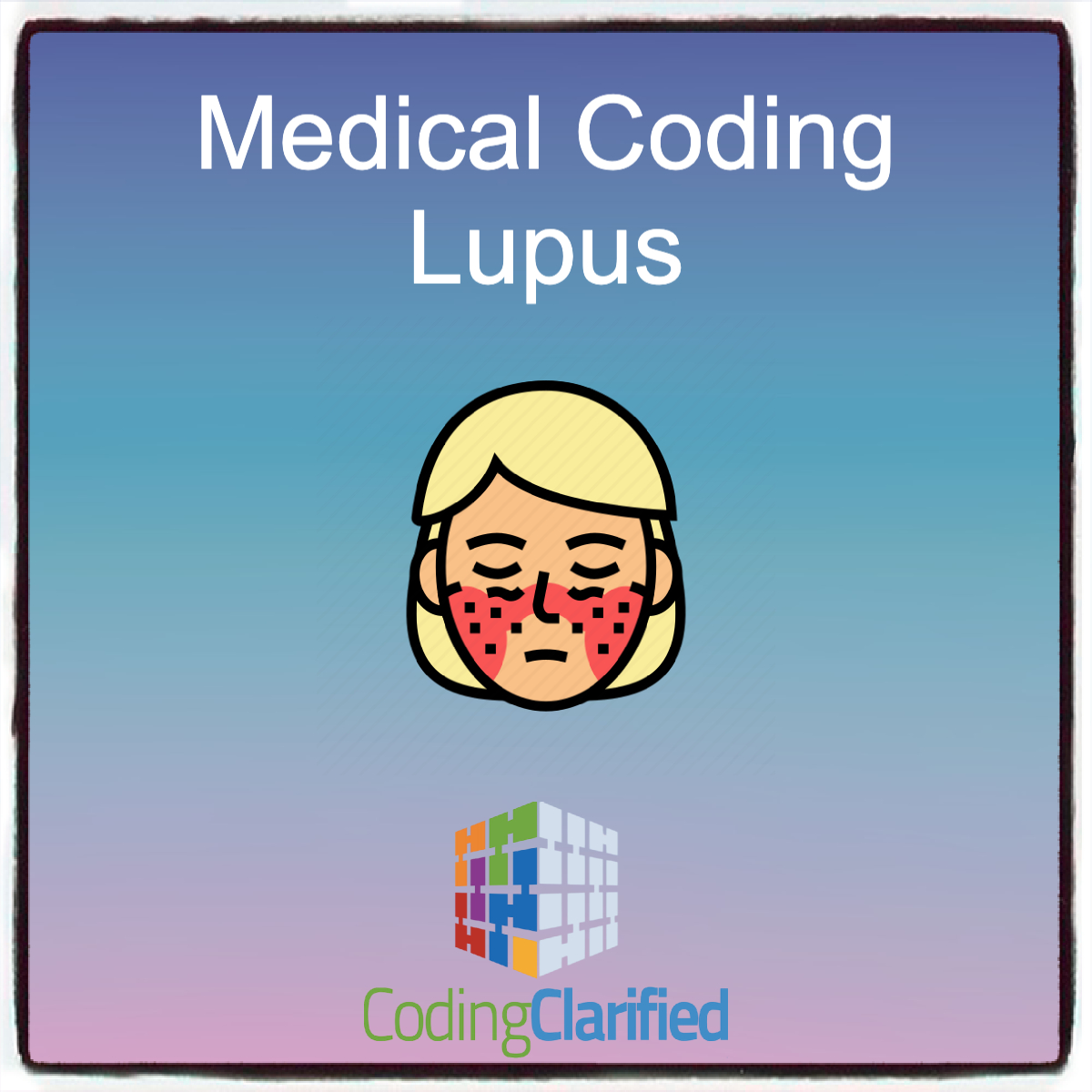Medical Coding & Billing for Lupus: Guidelines and Best Practices
Systemic Lupus Erythematosus (SLE), commonly referred to as lupus, is a chronic autoimmune disease that affects multiple organ systems. Accurate billing and medical coding for lupus are essential for appropriate reimbursement, proper documentation, and continuity of care. This blog outlines key guidelines, ICD-10-CM and CPT codes, and billing tips for coders and healthcare providers managing patients with lupus.
Understanding Lupus for Coding Purposes
Lupus presents with varied symptoms—fatigue, joint pain, rashes, kidney involvement, and neurological complications—which can complicate documentation and coding. Coders must rely on specific provider documentation to determine the type and manifestations of lupus.
ICD-10-CM Coding Guidelines for Lupus
The most common code used is:
M32.9 – Systemic lupus erythematosus, unspecified
However, more specific codes should be used when applicable:
| ICD-10-CM Code | Description |
|---|---|
| M32.0 | Drug-induced systemic lupus erythematosus |
| M32.1 | Systemic lupus erythematosus with organ or system involvement |
| M32.10 | SLE with organ/system involvement, unspecified |
| M32.11 | SLE with lung involvement |
| M32.12 | SLE with kidney involvement |
| M32.13 | SLE with hematologic involvement |
| M32.14 | SLE with skin involvement |
| M32.15 | SLE with nervous system involvement |
| M32.19 | SLE with other organ involvement |
Important: Coders should use additional codes to identify manifestations, such as nephritis (N05.9), seizures (R56.9), or rash (R21), if not included in the lupus code description.
CPT and Procedure Coding for Lupus Management
Lupus patients often require ongoing care including labs, imaging, specialist visits, and procedures.
Common CPT Codes:
99202–99215 – Office or other outpatient visits (based on complexity/time)
36415 – Collection of venous blood by venipuncture
80053 – Comprehensive metabolic panel
85025 – Complete blood count (CBC) with differential
86038 – ANA (antinuclear antibody test), common in lupus screening
88184–88189 – Flow cytometry (for immune system profiling)
96365–96379 – Infusion services, if receiving medications like Belimumab
Modifiers may be needed if procedures are bundled or repeated.
CPT Modifiers
Documentation Best Practices
Be Specific: Identify the organ or system involvement.
Update Diagnoses: Lupus is often diagnosed over time; documentation should evolve.
Link Manifestations: Clarify when symptoms (e.g., renal failure) are related to lupus.
Include Medication Management: Especially for immunosuppressants or biologics (may impact risk adjustment).
Billing Tips
Risk Adjustment: Lupus with complications affects HCC (Hierarchical Condition Category) scoring. Use the most specific codes to ensure appropriate risk adjustment and reimbursement.
Check Payer Policies: Some insurance plans require preauthorization for high-cost meds like Rituximab or Belimumab.
Monitor MDM (Medical Decision Making): Coding levels depend on the complexity of the visit, not just time.
Avoiding Common Coding Pitfalls
Don’t use M32.9 if a more specific code is documented.
Don’t code a manifestation (e.g., kidney failure) without confirming it’s related to lupus.
Avoid upcoding complexity without supportive documentation (labs, review of systems, time).
Accurate lupus coding hinges on specific documentation, careful attention to organ involvement, and awareness of billing nuances. Following these guidelines ensures correct reimbursement, supports clinical decision-making, and reflects the true burden of illness in lupus patients.
Medical Coding Chronic Kidney Disease https://codingclarified.com/medical-coding-chronic-kidney-disease/

